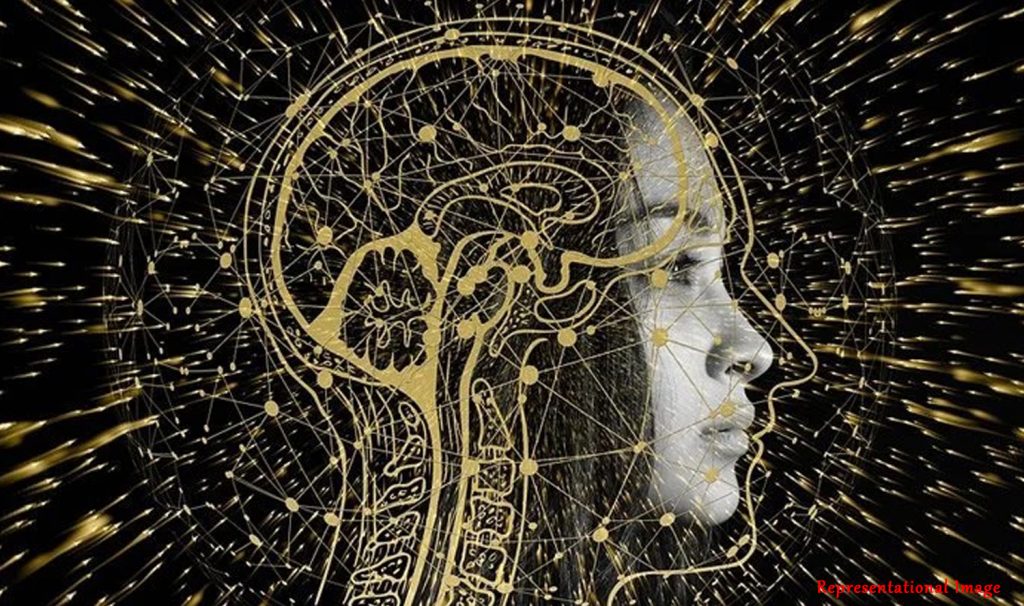
Underlying all living organisms are fascinating complex biological networks. A pervasive phenomenon across organisms is adaptation, which is the ability to drive the system to its initial equilibrium state in the presence of an external stimulus. It is the key to the survival and evolution of various species.
Adaptation and many other functionalities of an organism, it turns out, is critically determined by the architecture of the underlying biological network. A challenging problem of great interest is to discover the network architecture given a specific functionality so that the existing knowledge about the functioning of living organisms can be enriched and in turn be used for synthetic biology and therapeutics. Unfortunately the biological networks of an organism are so complex and numerous that it would be impractical to take a brute-force approach studying each and every network one by one. This is where mathematical models come to our rescue and enable us to study these networks. Systems theory, widely used in Chemical / Electrical engineering can also help unravel biological complexity. Till now, brute-force approaches, graph-theoretic methods, or rule-based approaches have been used to study biological networks.

Mr. Priyan Bhattacharya 
Prof. Arun K. Tangirala 
Dr. Karthik Raman
In this study, the authors of this paper —Mr. Priyan Bhattacharya and Prof. Arun K. Tangirala from the Department of Chemical Engineering, Indian Institute of Technology Madras, Chennai, India, and Dr. Karthik Raman from the Department of Biotechnology, Indian Institute of Technology Madras, Chennai, India—have for the first time suggested a generic systems-theoretic approach to unravel the possible networks design configurations for perfect adaptation. The proposed approach translates the conditions for biological adaptation into precise mathematical equations using systems theory. Further, these equations are mapped back to necessary structural requirements with the help of combinatorial mathematics.
The proposed approach serves the purpose with a minimal set of assumptions and prior knowledge compared to previous algorithms. Interestingly, the work reveals that the presence of either a special class of negative feedback (the proteins compensate for the initial shift in the output due to the disturbance) or an incoherent feedforward structure (the proteins anticipate the external disturbance upfront and nullifies it) is sin-qua-non for any biochemical to exhibit perfect adaptation. The necessary structural conditions obtained by this method are the strictest among the existing literature. Interestingly, the authors also argue that in certain scenarios, adaptive networks can also sense external fluctuations faster than any other biochemical network.
Dr. Khem Raj Ghusinga, a Senior Scientist at Applied Biomath, USA, gave the following comments on the authors’ paper: “An important goal of systems biology is to map recurrent structures or motifs in complex biological networks to specific biological functions. Bhattacharya and co-workers take a control theoretic approach to characterize network motifs that exhibit adaptation, which refers to a biological system’s ability to initially respond to a change in an input stimulus and then return to its pre-stimulus response if the stimulus persists. Their analyses advance the prior understanding — that a negative feedback or a feed-forward motif is necessary for a network to exhibit adaptation — in two important aspects. First, the authors identify precise mathematical relationships between network motifs and key performance parameters for adaptation. Second, they show that a network motif capable of adaptation retains this functionality even when it interacts with a downstream system. These findings provide solid theoretical results to engineer biological systems capable of adaptation and would encourage further such explorations to identify principles of biological design and control.”
This authors are affiliate members of the Centre for Integrative Biology and Systems mEdicine (IBSE) and the Robert Bosch Centre for Data Science and Artificial Intelligence (RBCDSAI).
Article by Akshay Anantharaman
Here is the original link to the paper:
https://journals.plos.org/ploscompbiol/article?id=10.1371/journal.pcbi.1009769









